Matching seams is a fundamental skill in sewing that can elevate the quality and aesthetics of your projects. Whether you’re crafting clothing, quilts, or home decor items, precise seam alignment ensures a polished and professional finish.
Properly matched seams not only enhance the visual appeal but also contribute to the overall structural integrity of your creations.
This guide will take you through the essential steps of seam matching, from preparing your fabric and marking seam allowances to pinning, stitching, and finishing touches.
By mastering this skill, you’ll be able to create seamless, beautifully crafted items that reflect your attention to detail and dedication to the art of sewing.
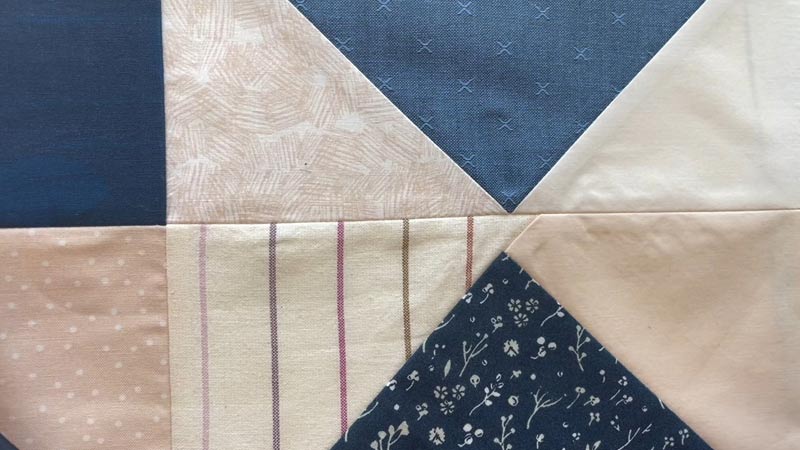
10 Practical Steps to Match Seams
Matching seams is an essential skill in sewing and crafting, as it ensures that your finished project looks neat and professional.
Whether you’re working on clothing, quilts, or any other sewing project, properly aligning and matching seams is crucial for achieving a polished result.
Here’s a step-by-step guide on how to match seams effectively:
Materials You’ll Need:
- Fabric pieces with seams to match
- Pins or clips
- Sewing machine or hand-sewing supplies
- Iron and ironing board
Steps to Match Seams:
1. Prepare Your Fabric
When choosing your fabric, consider its weight, stretch, and drape, as these factors can affect how seams match.
Before cutting, make sure your fabric is properly squared by aligning the selvages (the finished edges of the fabric). If the fabric tends to curl or fray, lightly press it before cutting to ensure accurate measurements.
2. Mark Seam Allowances

Seam allowances are crucial for matching seams accurately. Double-check your pattern’s instructions for the specified seam allowance and mark it meticulously. Use a ruler or a seam gauge to ensure consistency.
If your fabric is dark or the markings need to be temporary, consider using chalk or removable fabric markers.
3. Pin or Clip Seams
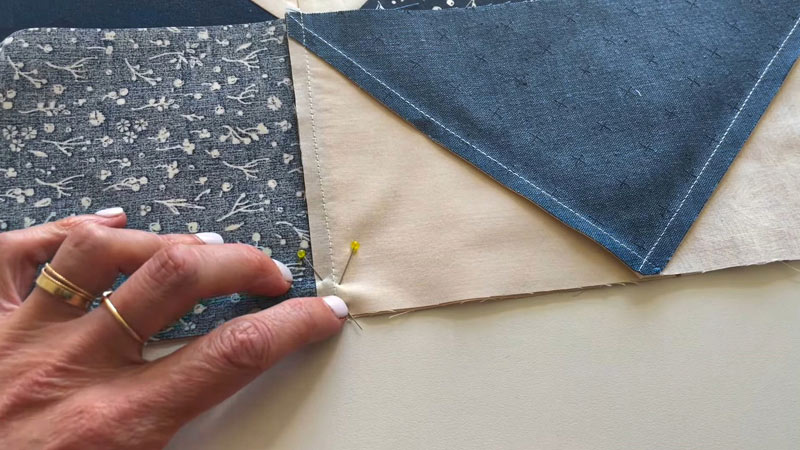
Pinning or clipping fabric pieces together is a crucial step. It’s important to align the raw edges precisely, matching any notches, dots, or other pattern markings.
Use fine, sharp pins or clips designed for sewing, and position them perpendicular to the seam to avoid distorting the fabric.
4. Check Alignment
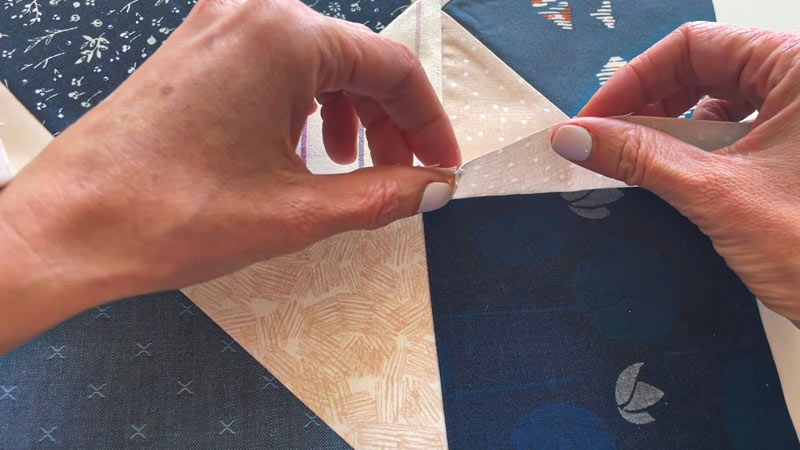
Take your time to verify that everything lines up perfectly before sewing. Use a clear ruler or a seam gauge to measure and ensure that the seam lines and edges match consistently along the entire length of the seam.
If you’re working with intricate patterns, you might want to baste the seam first to check alignment before final stitching.
5. Sew with Accuracy
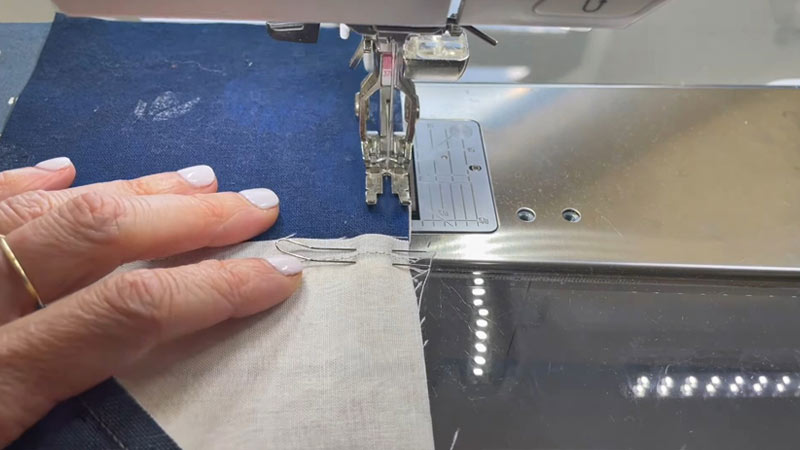
When stitching, maintain the alignment established with pins or clips. For sewing machines, use a presser foot with a guide or markings to help you follow the seam allowance precisely.
Keep a consistent stitch length and maintain a steady pace to prevent any unintentional variations in seam width.
6. Press the Seam
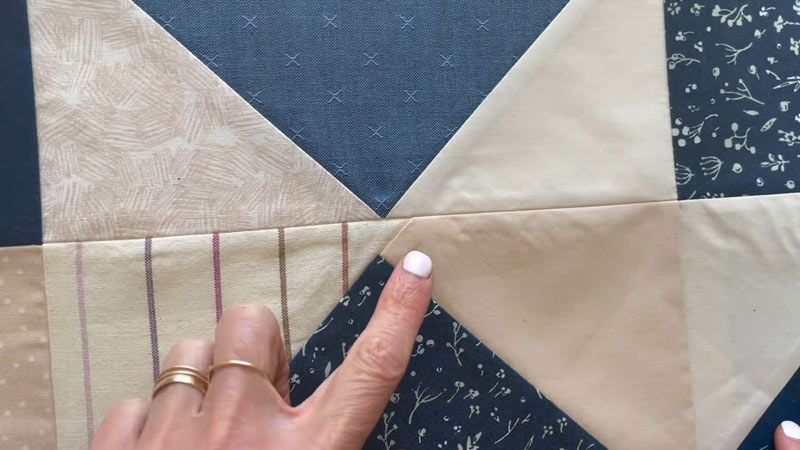
Proper pressing is key to achieving a professional finish. Set your iron to the appropriate temperature for your fabric type. After sewing, press the seam open or to the side as directed by your pattern.
Use a pressing cloth if needed to protect delicate fabrics. Pressing not only sets the stitches but also flattens the seam, making it look neat and tidy.
7. Trim Threads and Excess Fabric
After pressing, trim any loose threads and excess fabric from the seam allowances. Be cautious not to cut into the stitches. Reducing bulk in the seam allowances will help maintain a smooth and even seam.
8. Finishing Touches
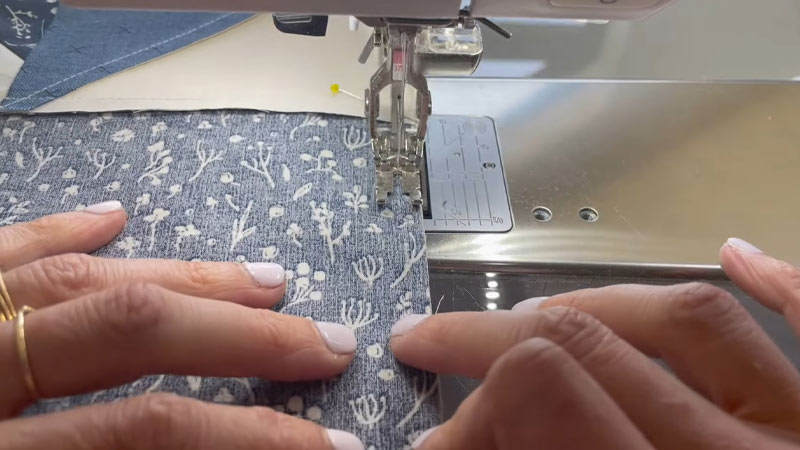
Some projects may require additional seam finishing techniques like serging, zigzag stitching, or binding. Follow your pattern’s instructions for these finishing touches to ensure the seams remain strong and tidy.
9. Test Fit and Adjust if Necessary
Before proceeding with your project, check the fit and alignment by assembling the relevant sections.
This step is crucial, especially for clothing projects. If any adjustments are needed, it’s easier to make them at this stage.
10. Repeat for Multiple Seams
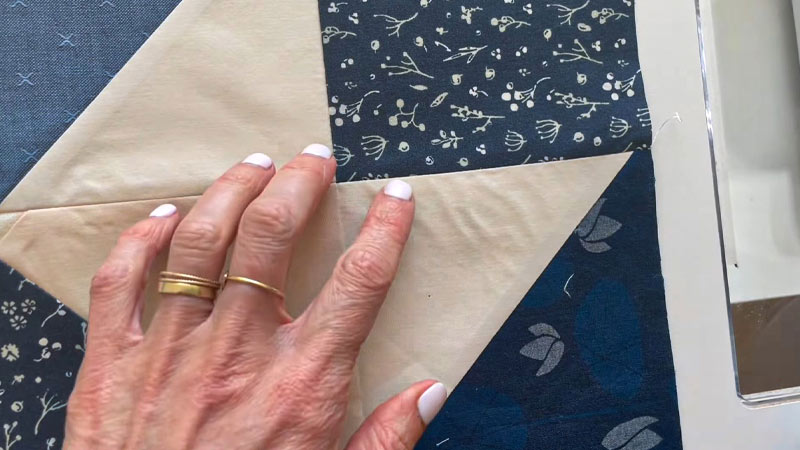
If your project involves multiple seams, repeat the above steps diligently for each one. Consistency is key to achieving a polished and professional result throughout your project.
Different Types of Seams Matching Technique
Seam matching techniques are essential skills in sewing and tailoring, as they ensure that seams in your projects align seamlessly, creating a polished and professional finish.
Here are some different types of seam matching techniques:
Plain Seam Matching
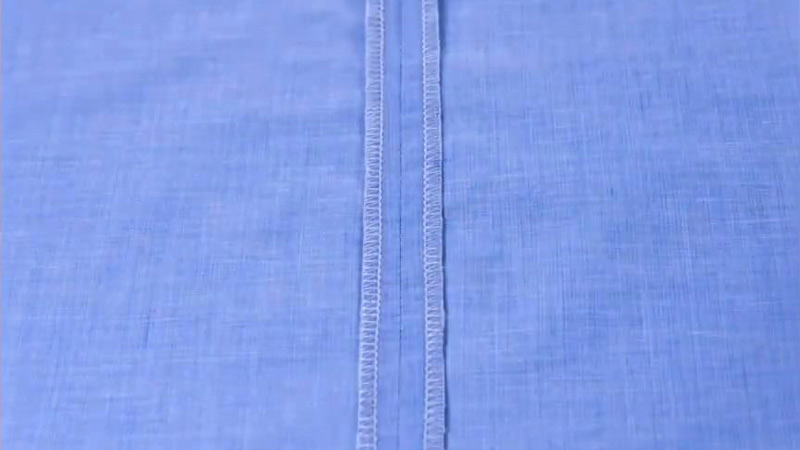
This is the most basic type of seam matching, where two fabric edges are aligned and stitched together with a straight seam.
Achieving a perfect match involves precise cutting and careful sewing to prevent any mismatched patterns or misalignments.
Pattern Matching
Pattern matching involves aligning and joining fabric pieces in a way that the pattern or design seamlessly continues across the seam.
This technique is often used for fabrics with stripes, plaids, or large motifs. It requires careful planning, marking, and pinning to achieve a flawless pattern match.
Bias Seam Matching
Bias-cut seams are often used in garments with curves or bias-cut designs. Matching these seams can be challenging because the fabric stretches differently along the bias.
It requires careful handling and sewing techniques to prevent distortion and maintain pattern alignment.
French Seam
French seams are used to encase raw edges, creating a clean and polished finish on the inside of a garment.
When matching French seams, precision in seam allowances and careful stitching is crucial to hide the raw edges entirely.
Flat-Felled Seam
Flat-felled seams are commonly used in jeans and workwear. They involve overlapping fabric and stitching it down for durability.
Proper alignment and consistent seam allowances are necessary to ensure that the seam lies flat and looks neat.
Inset Seam Matching
Inset seams are used to join pieces of fabric with contrasting colors or textures. When matching inset seams, it’s essential to align the pieces precisely and stitch them together without puckering or distorting the fabric.
Curved Seam Matching
Sewing curved seams, such as those found in armholes or collars, requires careful matching to maintain the garment’s shape. Techniques like clipping, notching, and understitching help achieve smooth and even curved seam matches.
Yoke Seam Matching
Yoke seams are often used in shirts and blouses, especially at the shoulder and back. Matching these seams is essential to maintain a professional appearance. Proper alignment ensures that the yoke seams don’t appear twisted or uneven.
Inset Corners and Points
When working with corners or pointed details, like collars or pockets, matching seams can be tricky. Precision cutting, careful sewing, and trimming are essential to achieve sharp and well-defined corners without bulk.
Quilt Matching
In quilting, matching seams is crucial for creating a visually pleasing and symmetrical quilt top. Techniques like nesting seams, pressing seams open or to one side, and using pins help quilters achieve precise seam matches.
FAQS
Seam taming refers to the process of using a specialized presser foot or attachment on your sewing machine to ensure that seams lie flat and match perfectly.
Thread migration involves using a specific thread type that naturally blends or “migrates” into the fabric’s colors and patterns, making the seam almost invisible.
Seam camouflage involves strategically placing decorative elements or appliqués over seams to conceal any slight misalignment or imperfections.
Seam sculpting is a technique where you shape or mold the seam allowance to match the contours of the fabric, ensuring a seamless appearance.
Pattern morphing is a technique where you subtly alter the fabric’s pattern at the seamline, creating a gradual transition between the two pieces.
To Recap
Mastering the art of matching seams is a fundamental aspect of sewing that can significantly impact the quality and appearance of your projects.
The meticulous attention to detail and precision demonstrated in each step, from preparing the fabric to perfecting the final stitches, ensures that your creations are not only visually appealing but also structurally sound.
Seam matching is a skill that improves with practice, and as you gain experience, you’ll find yourself producing polished and professional-looking garments, quilts, and other items.
So, embrace the art of seam matching, and let your creations shine with impeccable finish and quality.
Leave a Reply